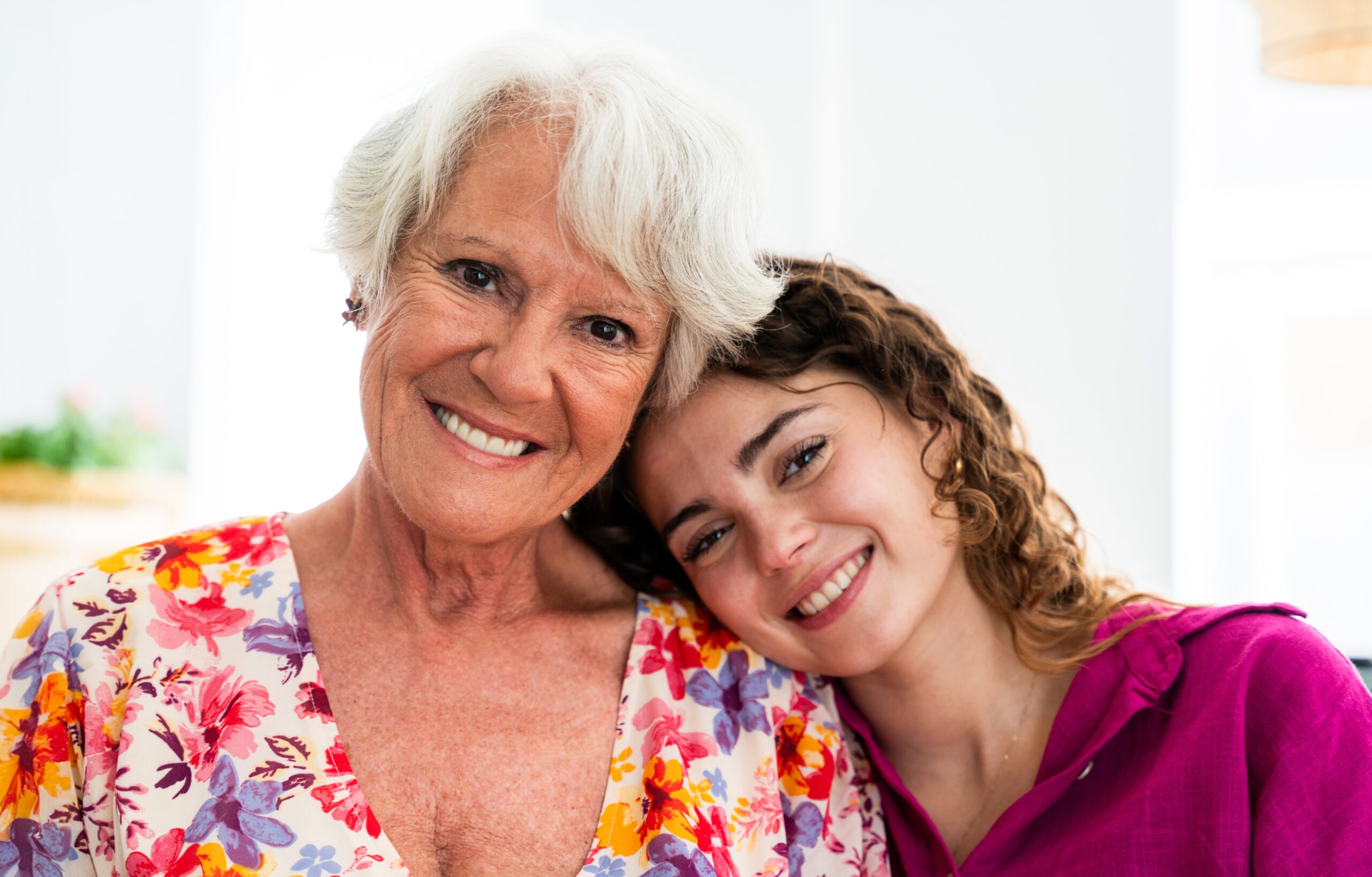
Introduction to Person Centered Care and Active Support
What is person centered care?
Person centered approach is essentially just a term that means the caregiver is focused on providing individualized care to meet the needs of that specific person’s preferences, needs and abilities. We are using techniques and supporting the individual based on their individual abilities. We take their personality into consideration and actively ensure we are involving the person with their care decisions. With person centered approach, we are putting that into an action – which means that we involve that person with making decisions and actions. This includes the little decisions such as which shirt to wear. It can be very subtle actions and these will vary person to person.
What is Active Support?
The main goal of active support is to empower this person to do as much as they can for themselves. The caregiver is there to provide the right level of support. The purpose is to be able to enhance their quality of life by increasing opportunities for them to engage which also allows us to spend time with them and build that key relationship piece. It means we are engaging with them and offering graded assistance. Graded assistance is a spectrum or level of assistance you can offer as a care provider:
- Full prompt: this looks like putting your hand over their hand to assist with the task
- Partial physical: think of it like a partial gentle touch where you are guiding them.
- Gesture: this can look like gently pointing at something or providing a general gesture
- Verbal prompt: Providing a spoken cue or instruction
- Visual prompt: A cue that uses a visual aid, such as a drawing or photo
Active support is about encouraging them to participate in the community and being creative in our ways to assist them in being part of the community. It’s not uncommon for people to refuse to do outings or activities, so how can we approach this with active support? A care provider may be able to find a preferred activity, if possible. Make an activity fun! Make the activity seem less like a task or a demand to provide some motivation. One of the main emphasis on active support is about building skills, while promoting independence and confidence. We want them to be able to do as much as they can on their own within the capabilities and abilities of that person. This could also look like adaptive activities for them so it is easier for them to complete .
Here are a few tips and examples to assist to incorporate active support and person centered approach in every day care:
- Providing options can be a great tool to use, but it is important we do not offer too many options.
- Break down activities into smaller steps
- Provide opportunities for engagement in the every day small tasks, such as putting laundry away or grabbing a placemat
- Encourage participation
- A really simple way to provide active support, is to talk to the person you are caring for with everything you are doing.That could look like, you are about to assist with showering and telling them you are going to grab the cloth and and wash their back and then complete the step, rather than just doing it without the verbal. This is person dependent, but even just providing that verbal support of what you are going to do when providing personal care can make a difference in how people respond. It allows them to feel participated in how you are caring for them. Involve them in conversations, even though they may be one sided.
- Active support can also look like completing the exercise with them. Perhaps this looks like them sitting in a chair and having to practice lifting leg to full extension 10x. Having the caregiver complete the exercise with the caregiver, makes them feel less alone and feels less of a demand. Make it fun!
- Active support is about having the caregiver be creative in their approaches so that we can best support them
- Sometimes decision making can feel overwhelming. Person centered care and active support can look like shared decision making between you and the person. The caregiver may need to prompt or assist in making a decision.
- Lastly, have fun!
Summary
With both active support and person centered approach, the goal is to provide choice and autonomy. We respect the person’s cultural and religious beliefs, and preferences. We encourage independence. We consider their physical, emotional, social well- being rather than only focusing on the medical or physical condition.
As caregivers, our role is to be flexible, creative, and patient, adapting our support to each individual’s needs and abilities. It’s not about doing things for them but with them.
At the end of the day, small actions make a big difference. When we slow down, get creative, and engage with the person we’re supporting, we’re not just helping with tasks—we’re building confidence, independence, and stronger connections.
Author: Janelle Simoneau

